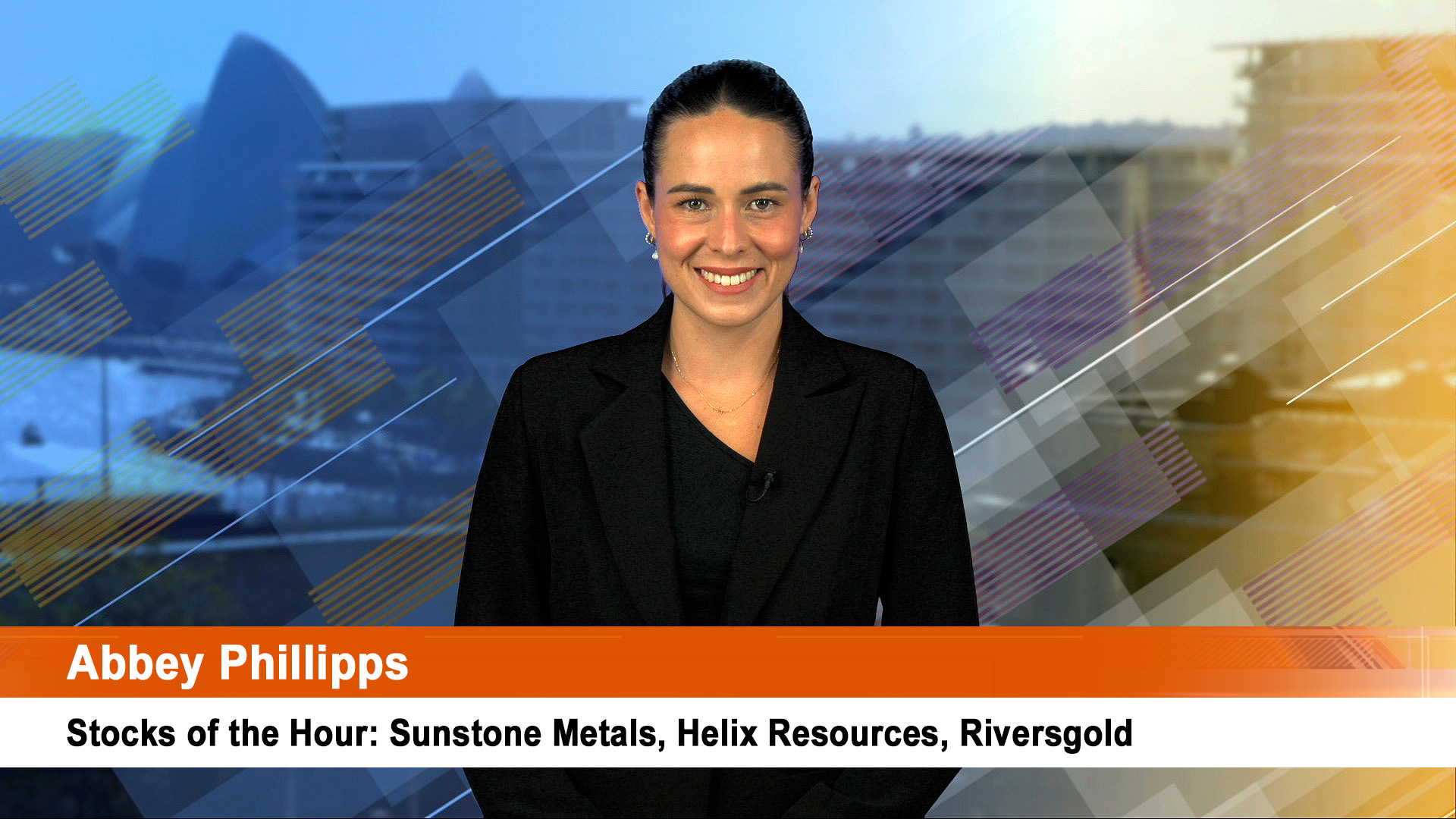Coal boom over.
Australian coal company shares will come under further pressure today on the ASX in the wake of surprise news that China will not bring back the production curbs imposed on the sector last year.
China’s main planning body, the powerful National Development and Reform Commission (NDRC) said late Tuesday that it will not seek to lower coal output on large scale, even as it continues to rationalise supply. This is provided that prices remain in a reasonable range.
"Although the task of cutting [coal] overcapacity task is tough but it is achievable and the fundamentals of supply and demand will improve further," NDRC said on its website.
The decision came two days after Chinese Premier Li Keqiang told the country’s National Congress on Sunday that the government plans to cut 150 million tonnes of coal production capacity in 2017 this week.
That was seen as good news for Australian coal companies and prices.
But the NDRC announcement late Tuesday changed that view and saw the prices of some Australian coal companies come under pressure on the ASX yesterday.
Yancoal Australia shares fell 10% (Yancoal shares are also under pressure because of doubts it will be able to buy Rio Tinto’s coal interests). The prices of Whitehaven, Stanmore Coal and New Hope shares all fell more than 2%. BHP shares fell more than 1% in Australia yesterday and in London overnight (it is Australia’s largest coking coal producer and exporter).
The announcement comes in response to significant market anticipation as to whether NDRC would revert back to 276 work day policy in mid-March after they temporarily loosened the work day policy in November in attempts to curb increasing thermal and coking coal prices.
Chinese domestic coal prices jumped last year after the Chinese government reduced the number of working days for mines to 276 days from 330, just as the global coal market moved from being oversupplied to being short because of a combination of factors.
Chinese cuts spilled over into the global market and thanks to a combination of wet weather in Indonesia and production problems at some Australian mines, prices soared – coking coal jumped to around $US300 a tonne and thermal coal climbed above $US100 a tonne.
Surging demand for high quality coal coal by Chinese steel mills also played a major part in boosting demand as steel prices jumped in response to higher demand from property and construction companies.
China’s coal imports jumped 25% last year to 255 million tonnes – most of that happening from June onwards after big falls in the first quarter of 2016. Data out Wednesday show that while China’s coal imports fell in February, they were up 48.5% in the first two months of the year to 42.61 million tonnes.
Thermal coal prices soared past $US100 a tonne last November to peak at $US107 a tonne. They have since fallen back to just under $US80 a tonne on spot markets this week (for coal bought in Newcastle, the main global pricing point). That is still well above the most recent low of $US53 a tonne reached early last year.
The move in China has been driven by the scare Chinese authorities got late last year when the full impact of the production cuts hit the soaring global coal price, producing a raid escalation in domestic coal prices just as the so-called winter heating season (which starts November 15 in northern China and runs to mid March).
That forced up spot electricity prices and suddenly the government was faced with a looming power crisis. So arms were twisted and major power companies and coal suppliers struck specially priced supply contracts, the 276 regulation was dropped and coal companies told to mine as much coal as possible to put a lid on prices.
Coking coal was not mentioned in the NDRC statement, leading some analysts to speculate that prices for that important steel making material will now also come under pressure. Coking coal prices peaked around $US307 a tonne during last year’s boom and was trading around $US163 a tonne (and well above the $US 100 a tonne or so reached during its early 2016 nadir).
Analysts though point out that China remains short of low sulphur high quality thermal and coking coal – and with the recent year long bank on Chinese imports of anthracite and other coal from North Korea (22 million tonnes in 2016), imports from suppliers like Australia may not be seriously impacted for months.
The NDRC’s let out clause about prices remaining in a reasonable range means the 276 rule will not be re-introduced unless prices surge, as they did last year.
But the decision by the NDRC means the 2016 coal boom is over and prices will drift lower on global markets, which is what the Chinese government, fearful of the impact of higher power prices in a politically delicate year (President Xi wants a second five year term from the Communist Party later this year).
What was not explained was how this all squares with the commitment to cut 150 million tonnes of production this year (probably over this year and next because there has been some ambiguity in some announcements about the timing) without affecting prices, especially for power generation.
As well China committed itself to reducing coal consumption this year and its carbon use intensity – both of which also doesn’t square with easing curbs on output. From what was on the NDRC (according to translations), the Commission believes all its aims can be met – something will give and it is likely to be prices which could very well fall sharply for a while.













